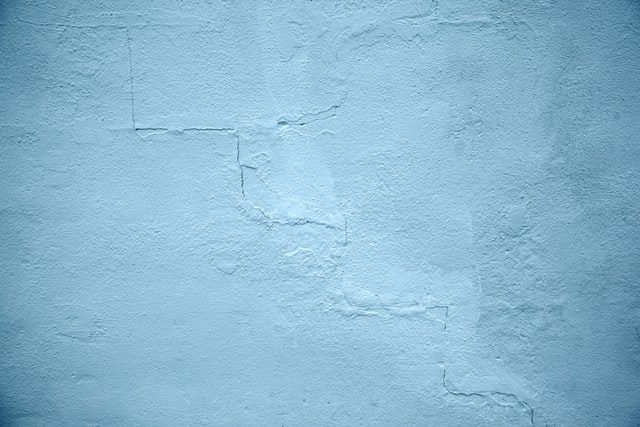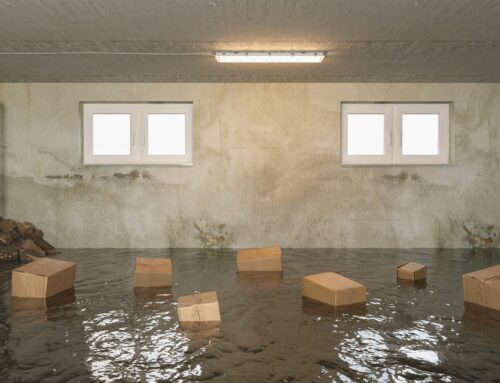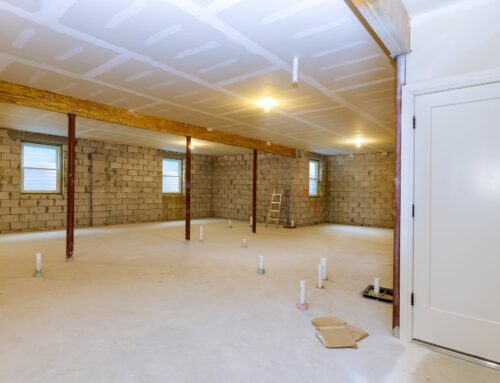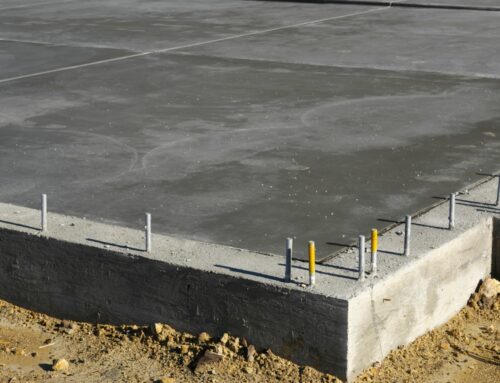The exterior elements of your home need careful attention the same way you would give for your interior design, so for the best of both worlds that offer durability and longevity for an affordable cost, stucco rises on top as one of the most versatile choices for your abode’s exterior.
Stucco is a cement-based siding, which means it can cater to different textures to create a unique curb appeal. But just like many materials, the harsh, outdoor weather conditions can take a toll on your stucco siding and cause it to crack. While it seems like a problem with a quick fix, cracks in your stucco siding can lead to bigger and costlier consequences down the road.
What Causes Your Stucco Walls to Break Over Time?
Knowing the common factors that can deal with a number of problems on your stucco walls can help you provide proper care, such as when facing the following:
- Poor Weather Conditions
- Improper Composition
- Improper Installation
- Interior Issues
What are the Different Types of Stucco Cracks and How to Repair Them?
Not all cracks are the same, and knowing the types of cracks you’ll face can motivate you to conduct the appropriate repairs it needs depending on the state of its damage. Here are some of the cracks you should know:
- Hairline Cracks – A stucco wall with fine-line cracks that reach barely 1/8th of an inch are the easiest to repair, one that even DIY warriors and handy homeowners can fix. You only need a brush to remove the dirt from the cracks and fill the small gap with Elastomeric caulking before painting over it until it matches your home’s interior palate.
- Spider Cracking – When cracks spread like spider legs or web-like crevices, it is normally due to poor application. If the spider cracking is less than 1/8th of an inch, then experienced DIY-ers can temporarily restore the stucco siding. However, it’s always better to seek professional aid from a licensed contractor since there is a high risk of developing water intrusion, rot, and other extensive damages.
- Pattern Cracking – If the cracks start to take on pattern-like fissures, it must have a problem with the metal lathe application. This is a complicated issue that is better resolved by a professional.
- Diagonal Cracking – When cracks start to spread diagonally, it should be a cause for your immediate concern since it indicates problems with your structural integrity. Not only do you need to put an expert plastering company on speed dial, but they also need the assistance of an experienced engineer.
The Bottom Line: Patching Up Stucco and Its Different Damages
Stucco sidings can go from having hairline cracks one moment to large, blistering holes on the next, so it’s important to address any damage in your exterior wall siding as soon as you spot them. While attempting DIY repair work on hairline cracks is relatively easy and safe for homeowners, keep in mind that unprofessional workmanship only delays the inevitable.
More importantly, the job calls for expert repair services when it involves mixing stucco since a poor mixture can lead to more trouble for your home’s exterior down the line. With that in mind, it helps to hire contractors in your area that you trust to get the job done right the first time!
Why Choose One Stop Plastering to Enhance Your Home?
Your home deserves tender, love, and care regularly to keep it in tip-top shape. Letting wear-and-tear take over can reduce its value and impact your quality of life, so don’t hesitate to contact the best residential and commercial plastering company in Northern San Francisco, Bay Area.
We offer extensive services ranging from interior plaster and stucco, exterior plaster and stucco, waterproofing, and more. Get in touch with us today at 415-464-9400 to know your free bid and see how we can keep your home good as new for years to come.






